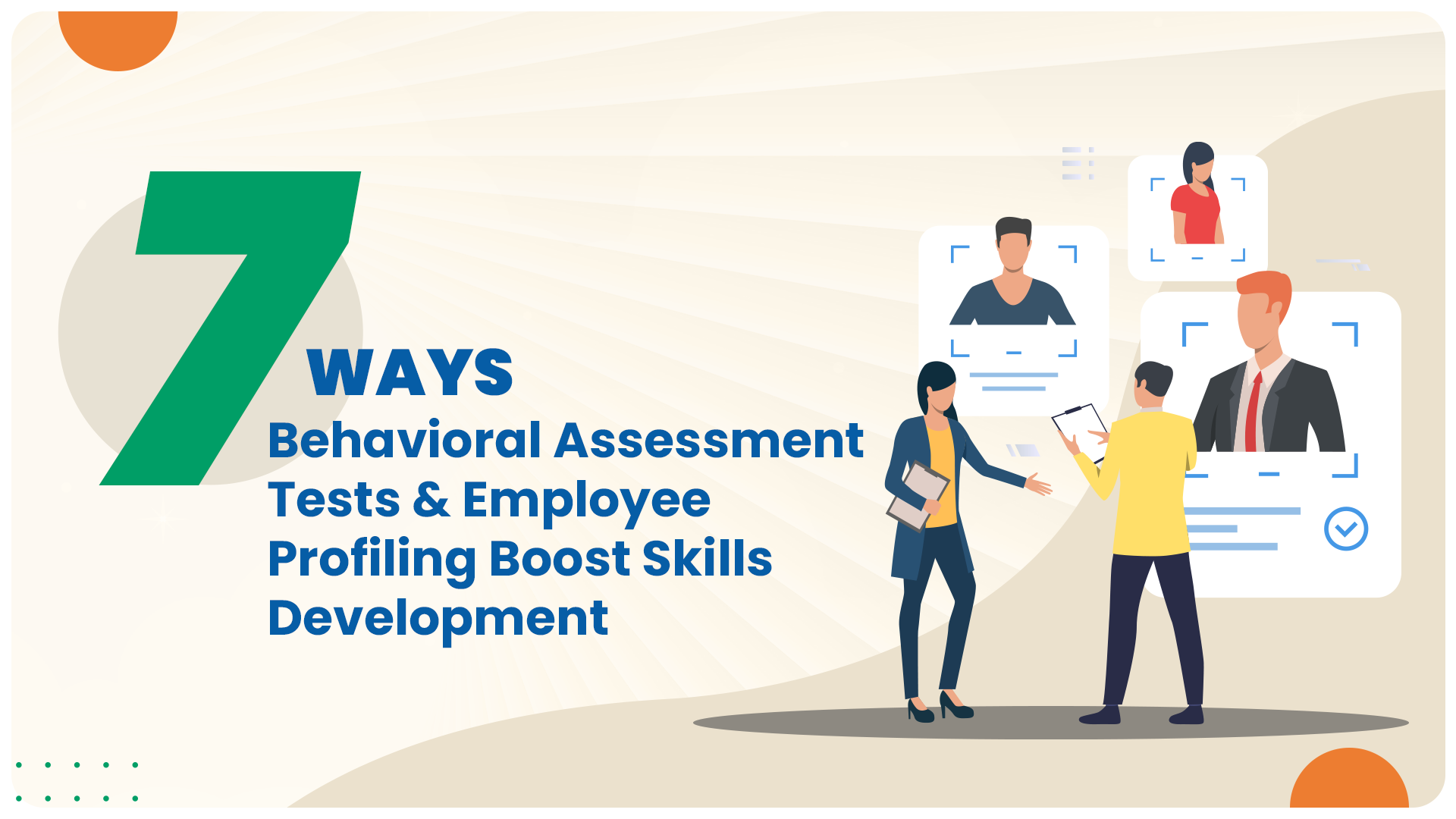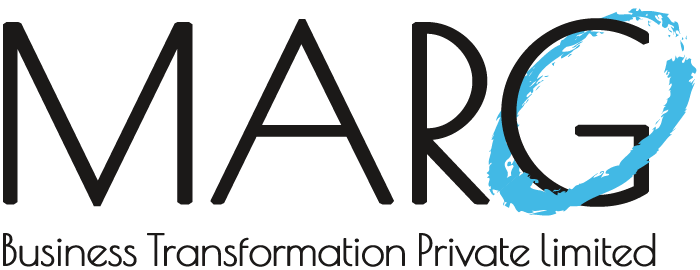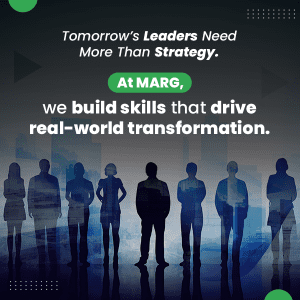
As businesses rapidly evolve, driven by digital transformation and artificial intelligence (AI), Learning & Development (L&D) has taken center stage in ensuring employees remain agile, skilled, and future-ready. A key enabler of this transformation is behavioral assessment tests and employee profiling, which provide deep insights into an individual’s work style, strengths, and development areas. These assessments are no longer just hiring tools—they are pivotal in professional growth and workforce optimization.
A report by Mercer’s 2024 Global Talent Trends highlights the significance of psychometric testing in driving workforce productivity. By leveraging these insights, organizations can make informed decisions about talent development, reskilling, and upskilling initiatives. Let’s explore the seven key ways these tools can enhance skills development.
1. Align Training with Workforce Needs
The future of work demands a balance between technical and soft skills. Organizations increasingly recognize that skills like adaptability, communication, collaboration, and critical thinking are just as crucial as technical expertise.
Behavioral assessment tests provide a structured approach to understanding an employee’s strengths and areas for development. By leveraging these insights, L&D teams can tailor training programs that align with both individual capabilities and business goals. This ensures employees develop competencies that make them more effective in their roles while meeting organizational objectives.
2. Strengthen Change Management Initiatives
With job roles shifting due to AI and automation, employees must continuously learn, unlearn, and relearn. Change can be challenging, but employee profiling helps organizations navigate transitions more effectively.
These assessments provide insights into how employees react to change and what motivates them to embrace new challenges. With this understanding, L&D professionals can design change management programs that cater to different personality types, ensuring smoother transitions and greater acceptance of new processes.
3. Enhance Career Pathing and Mobility
Career progression is no longer linear. Employees are increasingly exploring lateral moves, skill-based roles, and even entirely new career paths. Behavioral assessment tests play a crucial role in career mobility by identifying an individual’s innate strengths and interests.
By mapping assessment results to emerging roles within the company, L&D teams can guide employees toward career paths that align with their natural talents. This leads to higher job satisfaction, increased retention, and a more engaged workforce.
4. Personalize Learning Experiences
One-size-fits-all training is no longer effective. Employees have different learning preferences, engagement triggers, and skill development needs. Employee profiling enables organizations to create personalized learning journeys based on how individuals think, process information, and engage with content.
For example, some employees may prefer structured, data-driven learning, while others thrive in interactive, discussion-based environments. By leveraging these insights, L&D teams can design programs that cater to diverse learning styles, making training more impactful and engaging.
5. Improve Coaching and Mentorship Programs
Effective coaching and mentorship are key drivers of professional growth. However, generic coaching approaches often fail to address individual needs. Behavioral assessment tests provide coaches and mentors with detailed insights into a coachee’s working style, strengths, and potential blind spots.
By integrating these insights into coaching sessions, organizations can foster more meaningful conversations, tailor feedback to each individual’s needs, and drive stronger development outcomes. This personalized approach ensures that employees receive the right support to maximize their potential.
6. Optimize Team Dynamics and Collaboration
Modern workplaces are built on collaboration. However, team effectiveness depends on how well individuals understand and complement each other’s working styles. Employee profiling helps organizations build high-performing teams by fostering awareness of diverse thinking and behavioral preferences.
By leveraging these assessments, L&D teams can design training programs that improve team synergy, enhance communication, and encourage cognitive diversity. When employees understand and appreciate different perspectives, they collaborate more effectively, leading to greater innovation and productivity.
7. Cultivate Agile and Impactful Leaders
Leadership in the digital age requires self-awareness, adaptability, and emotional intelligence. Organizations need leaders who can inspire, engage, and guide teams through transformation. Behavioral assessment tests play a critical role in leadership development by providing insights into decision-making styles, conflict resolution approaches, and motivational drivers.
By incorporating these assessments into leadership programs, organizations can groom leaders who are not only technically competent but also emotionally intelligent and strategically agile. This ensures that companies build a resilient leadership pipeline equipped to navigate the complexities of the modern business landscape.
The Way Forward
The use of behavioral assessment tests and employee profiling in skills development is no longer optional—it’s a necessity. These tools offer a data-driven approach to workforce development, ensuring that employees receive the right training, career guidance, and leadership support to thrive in a rapidly changing world.
At MARG, we help organizations unlock the full potential of their workforce through scientifically validated assessment tools and customized development programs. By integrating these insights into your L&D strategy, you can create a culture of continuous learning and drive long-term business success.
Want to explore how behavioral assessments can transform your workforce? Connect with us today to learn more!






